Why Cooling Is the Backbone of Efficient Crypto Mining
Crypto mining machines like ASIC miners in 2025 work nonstop and generate intense heat during operations. If this heat isn’t controlled, miners may slow down, degrade faster, or even shut down. A reliable cooling system is not just optional—it’s essential. Cooling ensures smooth performance, higher efficiency, and longer hardware lifespan.
The Evolution of Mining Cooling Systems
From Fans to Advanced Solutions
In the early days of crypto mining, hobbyists relied on basic fans or household air conditioning to cool CPUs and GPUs. As mining matured and ASICs entered the scene, the demand for stronger and more efficient cooling systems grew.
Air vs Hydro Cooling
-
Air Cooling: Uses high-speed fans to push hot air out of the miner. It has been the go-to solution for years and remains popular, especially among home crypto mining setups.
-
Hydro Cooling: Uses liquid to absorb and transfer heat away from the miner’s core components. It offers superior efficiency and thermal stability, making it more suitable for hydro-cooled ASIC miners 2025 and industrial-scale operations.
Air Cooling: Still Relevant in 2025?
Why Miners Still Use Air Cooling
Air cooling remains popular for beginners and home miners because it is:
-
Affordable
-
Easy to set up
-
Simple to maintain
Many ASICs, like the Antminer S21 air-cooled model and WhatsMiner M30S, still come with air cooling.
Pros and Cons of Air Cooling
Pros:
-
Low upfront cost
-
Beginner-friendly
-
Works well in cooler climates
Cons:
-
Noisy due to multiple fans
-
Less effective in hot or poorly ventilated environments
-
Dust buildup can affect efficiency
Air cooling remains a smart entry-level choice for home mining rigs 2025, but may not scale well for large setups.
Hydro Cooling: The Modern Choice
What Is Hydro Cooling?
Hydro (liquid) cooling systems use coolant to absorb and transfer heat from mining chips and boards. The heated liquid passes through radiators or cooling towers before cycling back.
Why Big Miners Prefer Hydro Cooling
Hydro cooling is more effective for large-scale crypto mining farms or hot climates due to its:
-
Excellent thermal control
-
Quieter operation
-
Better energy efficiency
-
Longer machine lifespan
Popular models like the WhatsMiner M63 Hydro or Antminer S21 Hydro highlight this trend.
While it requires higher upfront investment and maintenance, hydro-cooled ASIC miners support stable 24/7 operations and maximize uptime.
Initial Setup: Which Cooling Method Is Easier?
-
Air Cooling: Plug and play—just ensure proper airflow and ventilation.
-
Hydro Cooling: Requires pumps, coolant tanks, tubing, and hydro-compatible ASICs. Installation is more complex and demands planning.
Heat Management and Thermal Stability
-
Air Cooling: Works if airflow is good, but struggles in small or hot rooms.
-
Hydro Cooling: Provides steady and consistent cooling even under heavy loads. Helps prevent overheating and throttling, especially in 2025 high-density mining rigs.
Hardware Lifespan

-
Air Cooling: Temperature fluctuations stress components and may shorten lifespan.
-
Hydro Cooling: Stable temperatures reduce wear, extending miner longevity.
Energy Consumption

-
Air Cooling: Fans and possible AC units add significant power draw.
-
Hydro Cooling: Pumps consume less energy, and better efficiency reduces power waste.
For larger farms, hydro cooling often lowers the cost per unit of hashing power.
Environmental Impact

-
Air Cooling: Relies on power-hungry fans and AC units, increasing carbon footprint.
-
Hydro Cooling: Closed-loop systems reuse coolant and operate more sustainably, especially when paired with renewable energy sources.
Best Choice by Scale
-
Home Miners: Air cooling is cost-effective, simple, and space-friendly. Great for anyone searching for quiet home ASIC miners 2025.
-
Industrial Farms: Hydro cooling is quieter, more stable, and ensures higher efficiency for large-scale operations.
ROI Considerations
-
Air Cooling: Quick ROI due to low cost but higher long-term maintenance and energy bills.
-
Hydro Cooling: Higher upfront investment but better long-term returns thanks to efficiency and extended hardware lifespan. For industrial mining ROI 2025, hydro cooling often comes out ahead.
Conclusion
In 2025, the choice between ASIC hydro cooling vs air cooling depends on your mining scale and goals. Air cooling is ideal for small setups and beginners, while hydro cooling is the smarter choice for long-term, large-scale operations. Smart miners evaluate not just upfront costs but long-term performance, efficiency, and ROI.

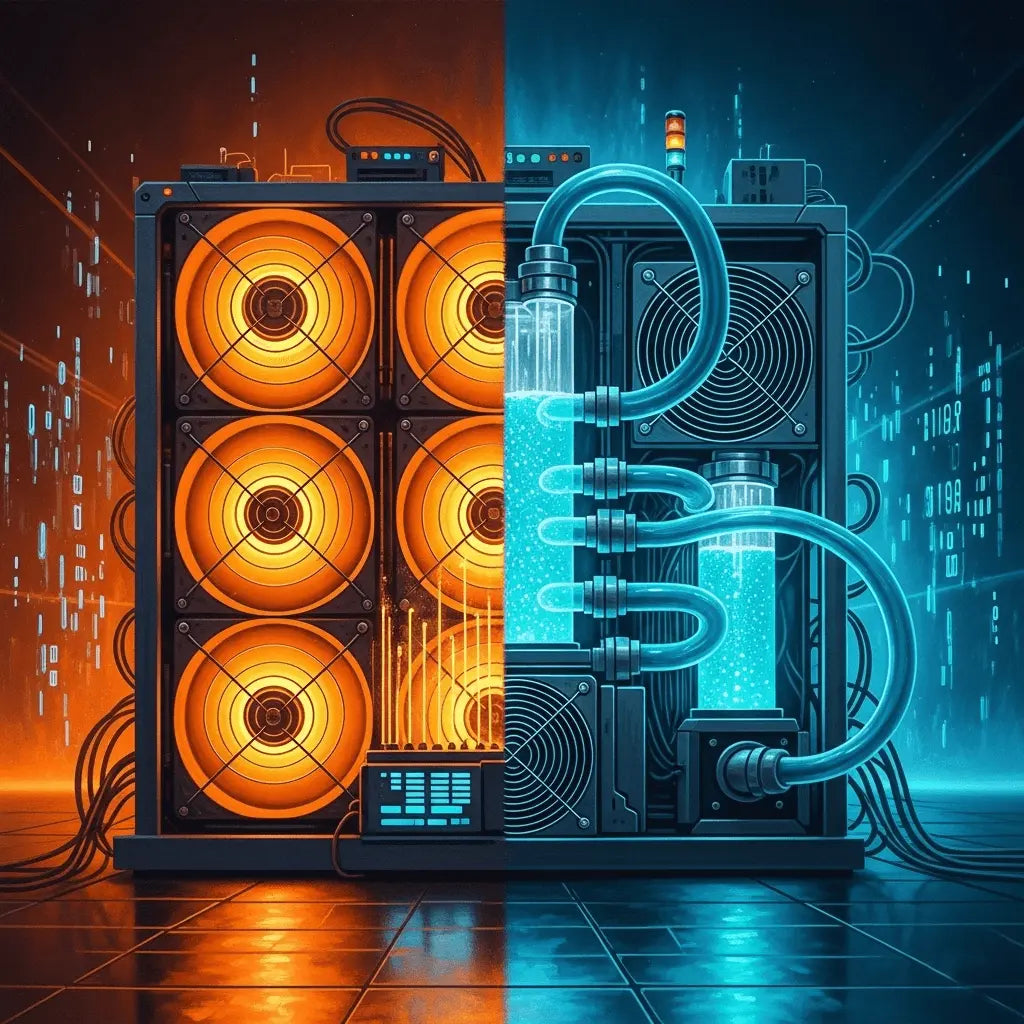


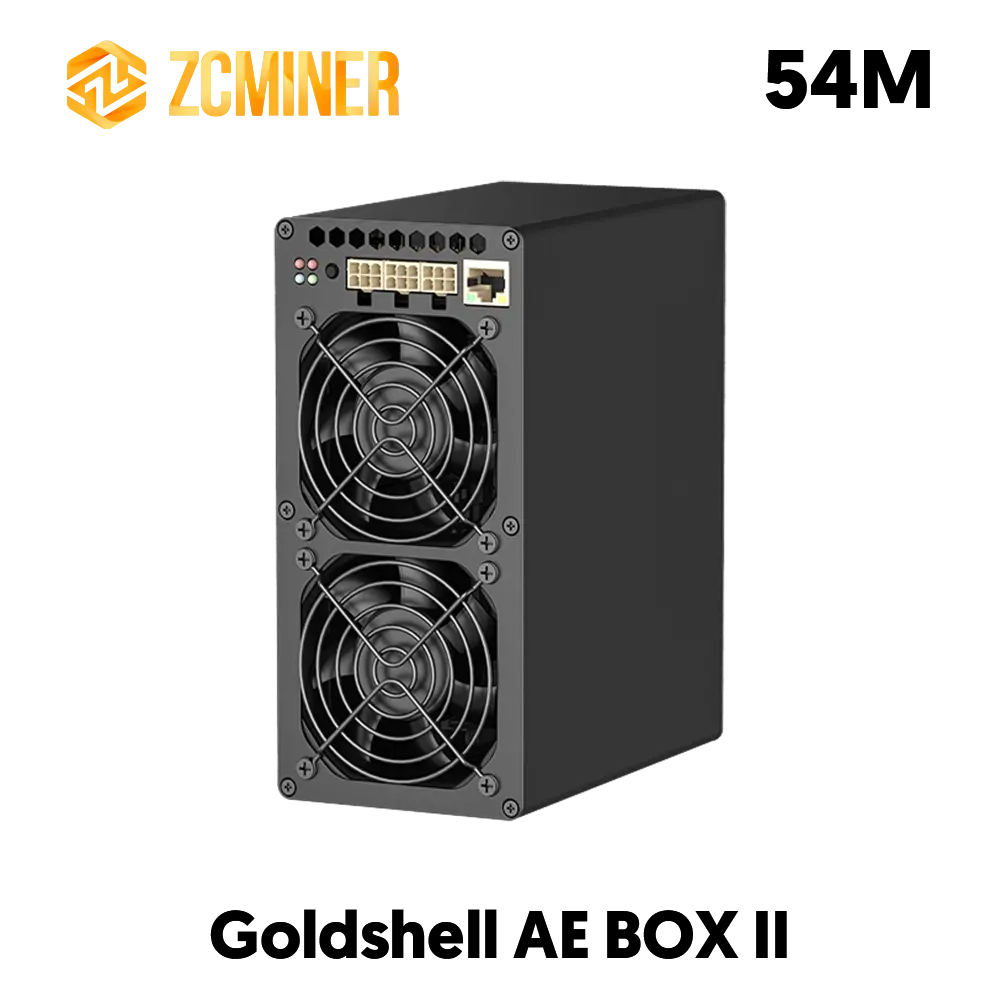
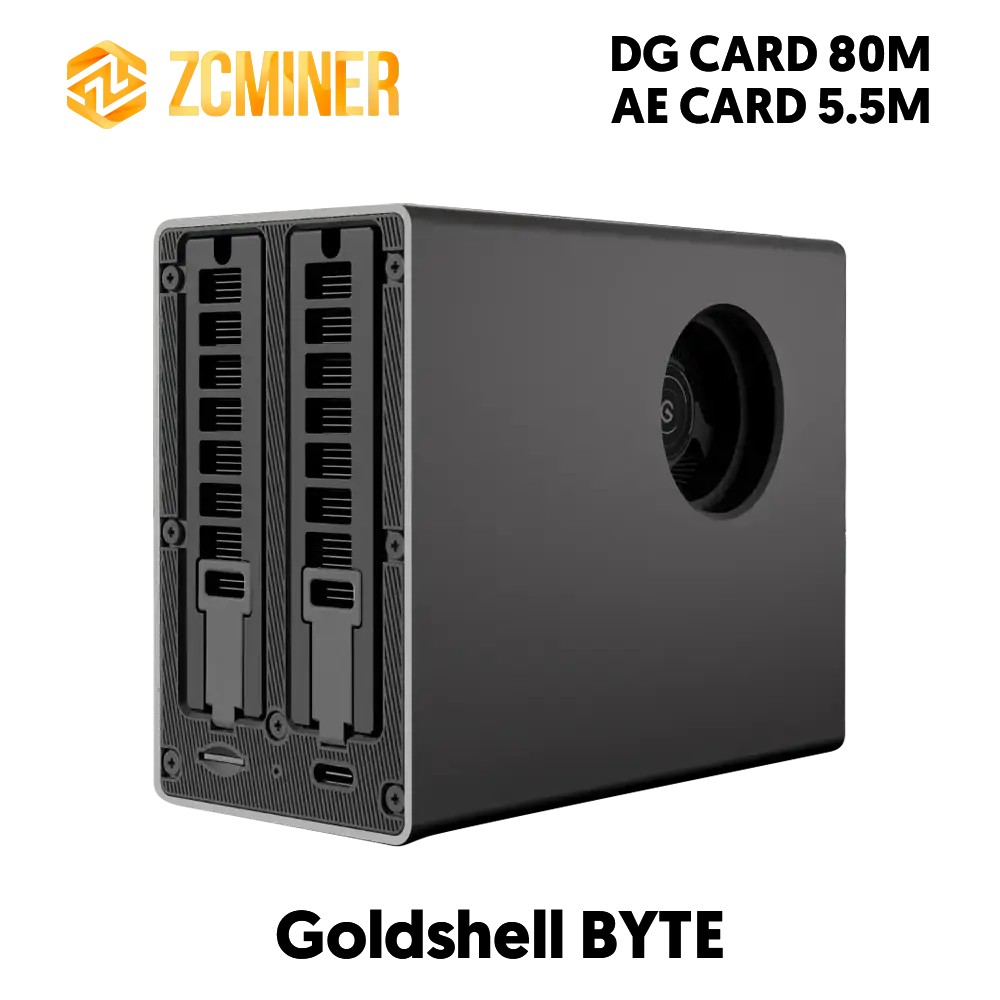
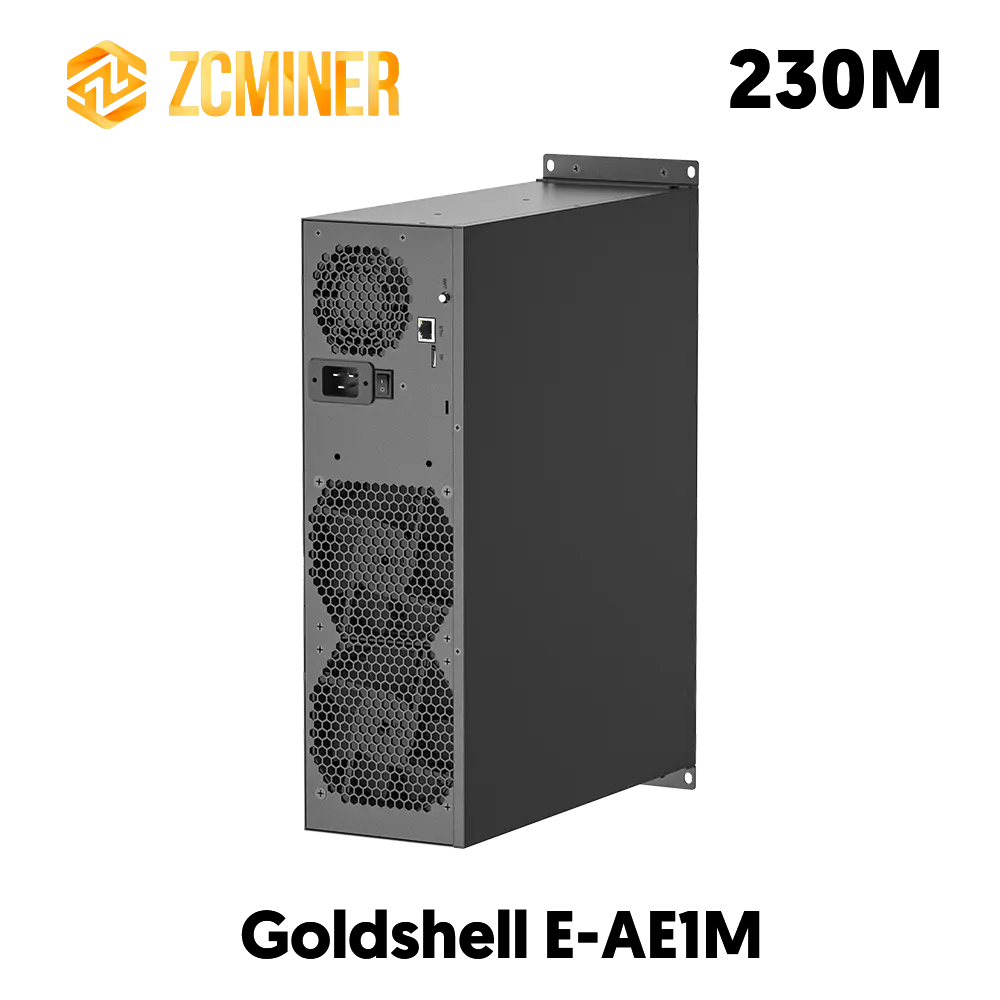
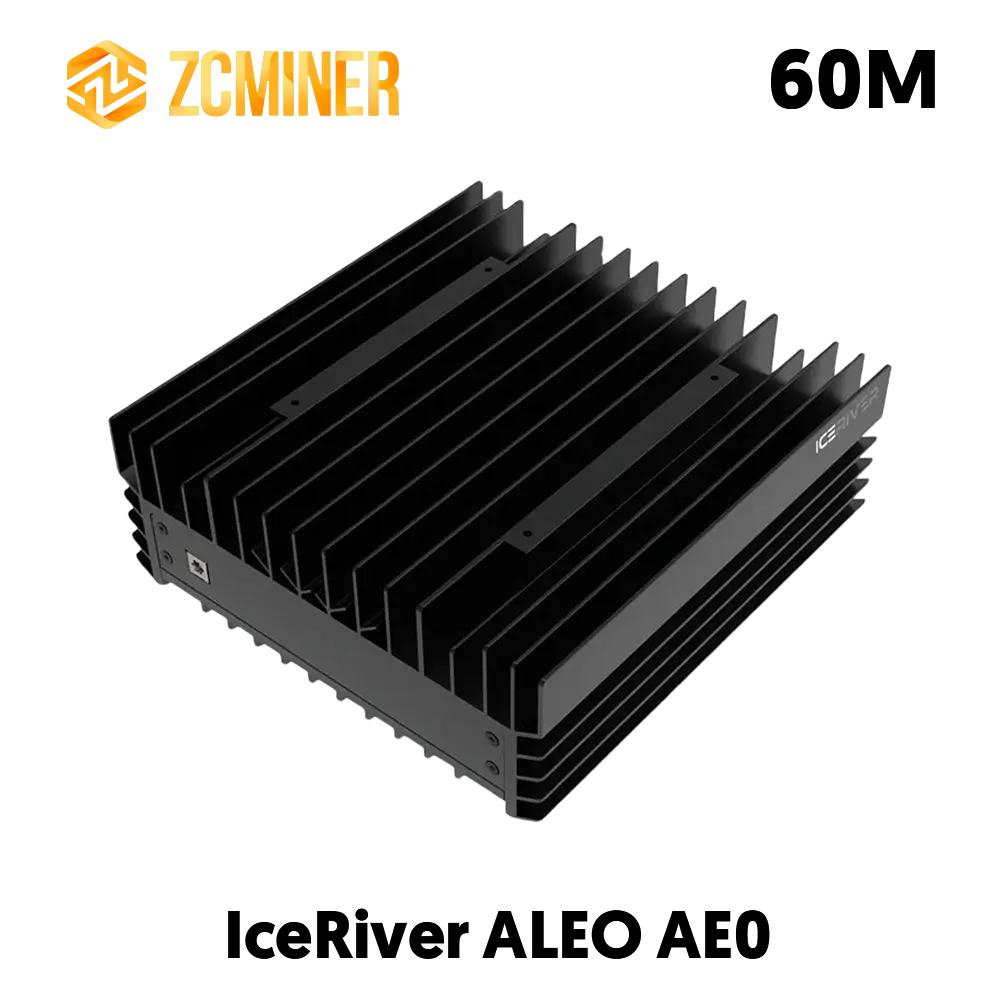


コメントを残してください
このサイトはhCaptchaによって保護されており、hCaptchaプライバシーポリシーおよび利用規約が適用されます。